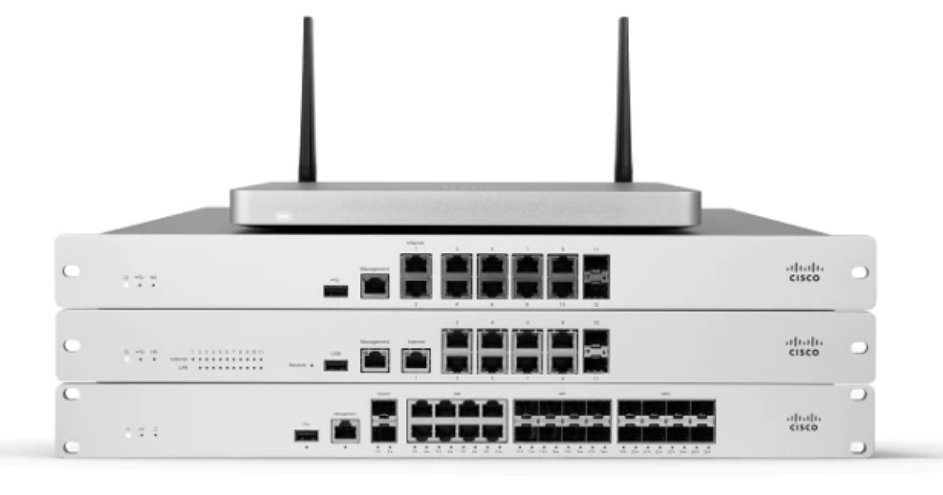While 5G is on everyone’s lips these days, the reality is 4G LTE will probably still be around for a while for many of us, especially mobile users who use the technology to connect to the Internet. While 5G seems to be taking off based on many reports and is expected to provide more than 10 times the speed of 4G/LTE cellular networks, those who have tried out 5G networks often find it seems to be significantly slower than promised.

4G LTE has been around since about 2008. Based on the approximate lifetimes of earlier cellular technologies (30-plus years for 2G, which was introduced around 1990, and 20-plus years for 3G, introduced around 2000) one can guestimate that 4G will probably still be available, at least in North America, for about another five or 10 years. Sprint (now T-Mobile) will actually be shutting down its old 2G CDMA network this coming Christmas, which only goes to show the longevity and enduring popularity of older tried-and-true cellular technologies. (Brick phone, anyone?)
Sunset for 3G CDMA networks in parts of the world where they’ve been popular is planned in the next couple of years for most places. But 4G LTE cellular? Yes, it’s going to be obsolete someday, but not for a while. In other words, it’s perfectly valid from a business point of view to invest in new 4G LTE technology even at this late stage of the game, as long as you can justify it from a CapEx and OpEx point of view. And most business can, since keeping an eye on the bottom line is essential for ongoing success.
Besides the broad install base and large usage base of 4G LTE, there’s another important reason why 4G is likely to remain around for a long time yet. (Long time in business parlance typically means about five to 10 years.) This reason is that carriers don’t have to shut down their 4G LTE networks to make room for deploying 5G networks. This is both because 5G can use fresh spectrum in the mid-to-high band range and because it can also coexist with existing 4G spectrum usage by the use of dynamic spectrum sharing (DSS). Which means, of course, that the carriers have less incentive to retire their 4G networks as long as they are bringing in a steady stream of bucks from their subscribers.
Using 4G LTE as an Internet backup
And all this can be good news for your business. Especially for a smaller business that utilizes a cable modem or router to provide them with Internet access from their ISP. In other words, using 4G LTE cellular service as a backup for getting on the Internet should your modem or router fail or go down. Because today, if your business loses connectivity to the Internet, your business can grind to a halt.

One option to look into if you’re looking for this kind of solution is the Balance Series of routers from Peplink. The entry-level Balance 20X is a good place to start if you need a solid WiFi router with an embedded LTE cellular modem. In addition, it also supports adding an optional second LTE radio through the new FlexModule Mini. For more robust redundancy against loss of Internet connectivity, you can move up to the Balance 30 LTE, which comes equipped with two Ethernet WAN and one cellular WAN for automatic failover. This makes it an ideal choice for the small to midsized business (SMB) and for deployment at a remote branch office. Peplink also offers routers that support 5G cellular connectivity, see their whole line of Balance Series appliances here.
A popular option in this area with many of my colleagues in our profession are those available from Cradlepoint. They have 4G LTE wireless edge solutions for networks of any size, and they also have a range of 5G-enabled solutions as well. In some ways, they may actually be the biggest player in this market. But they might not have the best offering to meet the specific needs of your business, so always do your research before committing.
Another good choice to consider as has also been recommended to me by a few colleagues is the Cisco Meraki line of SD-WAN appliances, particularly the Z and MX series devices. Some of these support LTE connectivity through USB, while others have SIM slots you can slip a SIM card into.

Ubiquiti also has good offerings in this arena. Their UniFi LTE appliance provides redundant WAN connectivity over LTE. It runs on Power over Ethernet (PoW), and it’s a snap to deploy. In no time at all, you can have an LTE failover solution set up for your small business or remote office. I know of at least two colleagues in the enterprise admin space who have deployed it at their company’s branch offices. The UniFi LTE also has an external antenna connector, making it suitable for use in buildings where poor cellular connectivity exists in certain interior areas. And it comes with an included AT&T LTE subscription to speed your deployment. Note, however, that that could also be a downside for some customers since the device doesn’t have a SIM slot. It uses an eSIM that locks you into using AT&T for your cellular backup. And it’s also a bit pricy in terms of data usage, so be careful when choosing this (or any) LTE-enabled network appliance to provide backup internet access for your business.
And finally, if you’re a VMware shop, then VMware SD-WAN may be the simplest and best solution for you to go with. VMware acquired this technology from VeloCloud back around the end of 2017, and it’s been a proven and popular solution among the VMware crowd. Remember that the best solution for the right technology for your business is usually one you’re already familiar with. And also something that’s tried and true, like 4G LTE, which can still get you on the Internet quite nicely.
Featured image: Shutterstock



